First ever 'Blind Barbie' doll released
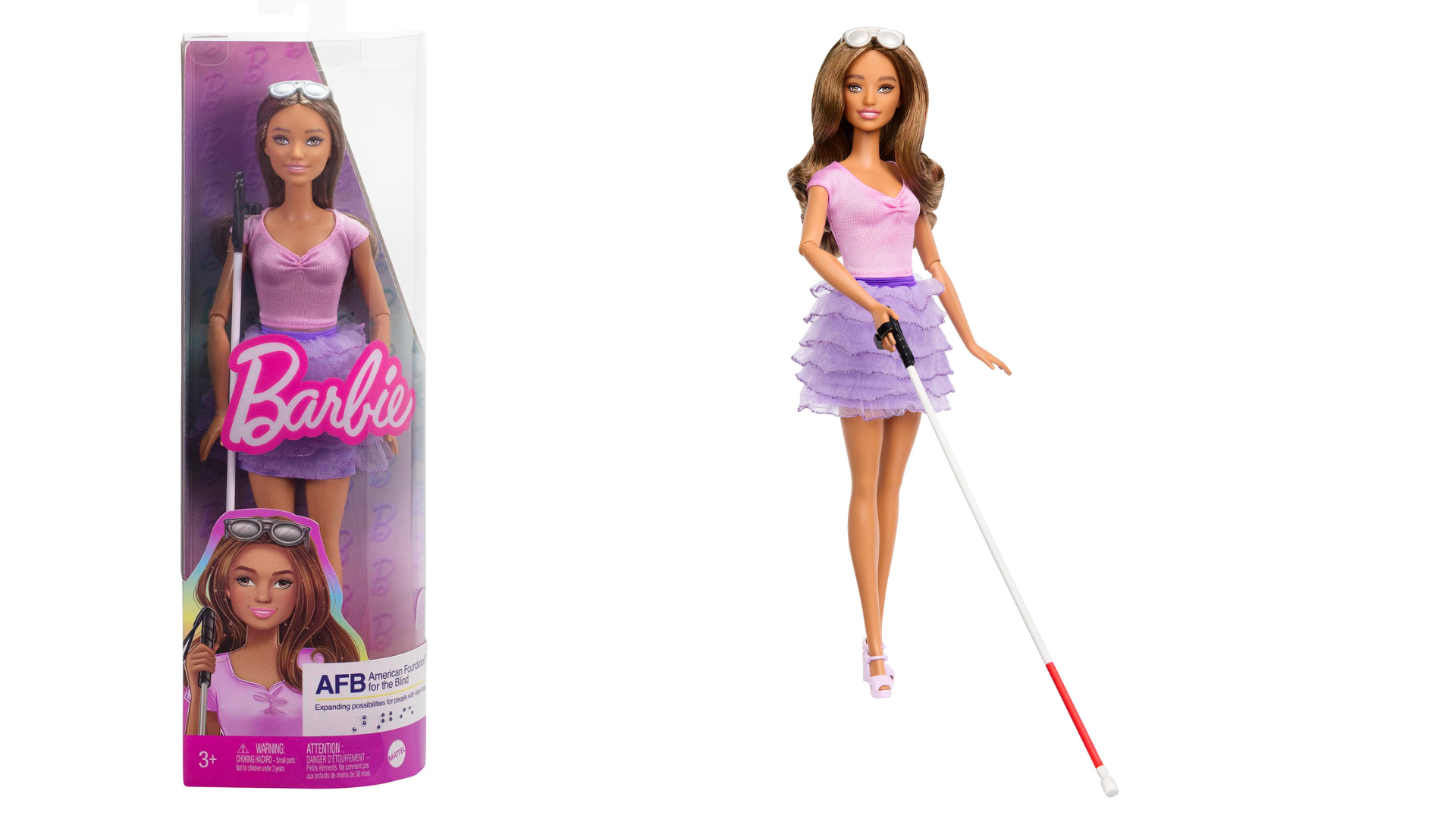
Meet the newest member of the Barbie family
- Published
The blind Barbie doll will be heading to toy shop shelves today.
It's the latest of their line which includes the first Barbie with Down's syndrome and aims to increase representation across its range of toys.
The company that makes Barbie dolls, Mattel, partnered with the American Foundation for the Blind (AFB) in the US, and the Royal National Institute of Blind People (RNIB), to design the new doll.
Barbie's design contains lots of features that will not only make her more accurately reflect a blind person, but also will be interesting for children who are blind or who have low vision to play with.
‘I’m blind but technology helps me animate’ Video, 00:01:30
- Published31 January 2022
Vision impaired pupils need more support, says charity
- Published26 April 2022
1 in 3 children who have sight problems are 'being failed'
- Published22 October 2019
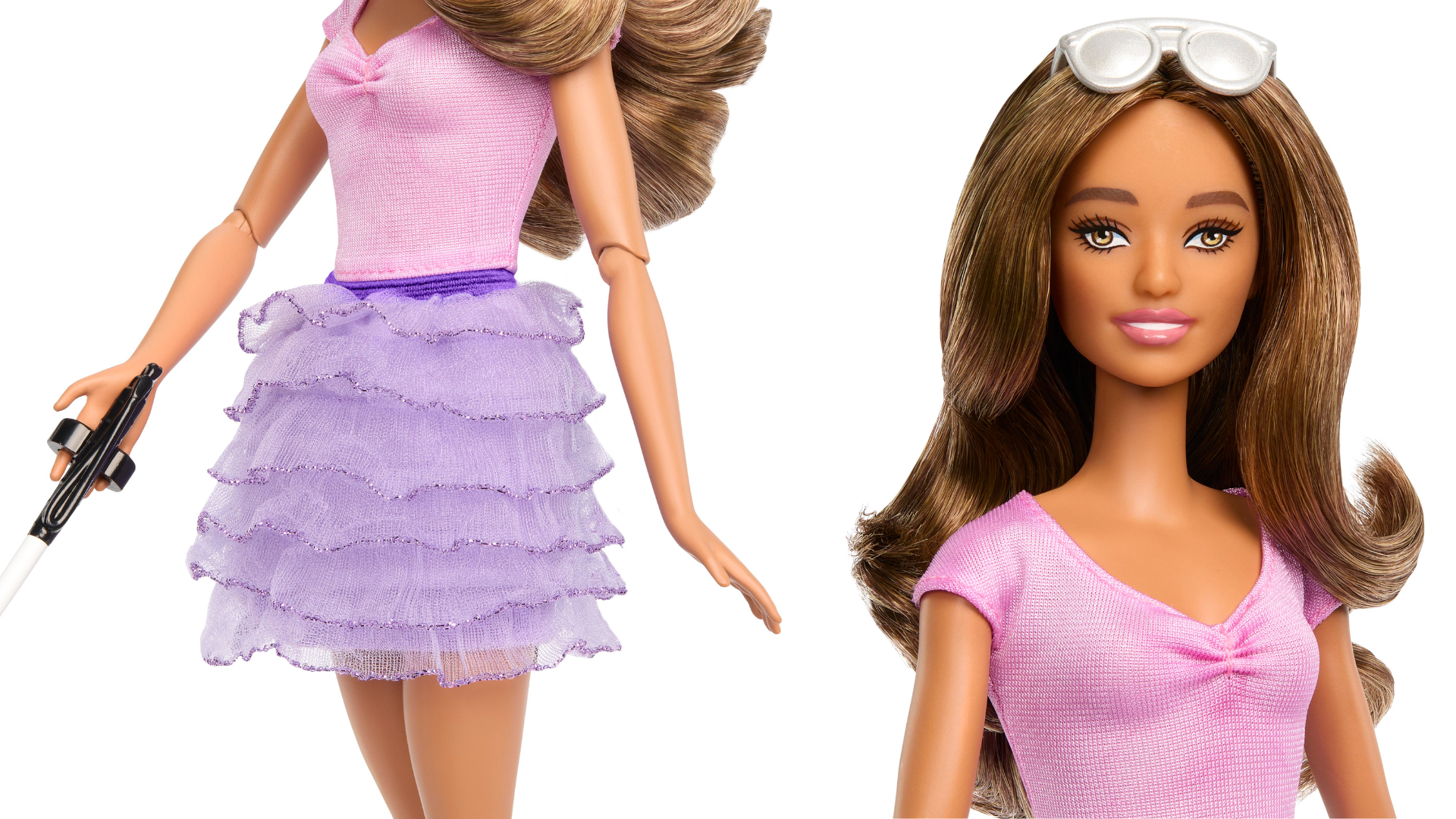
This Barbie doll will come with a cane and dark glasses, and will feature textured clothing so children who are blind, or have low vision, can feel the outfits she's wearing.
Her eyes will also look slightly up and out, to reflect some blind people's gaze.
And on the box she comes in, Barbie will be spelled in Braille, which is language made of raised dots that blind people can feel to read things.
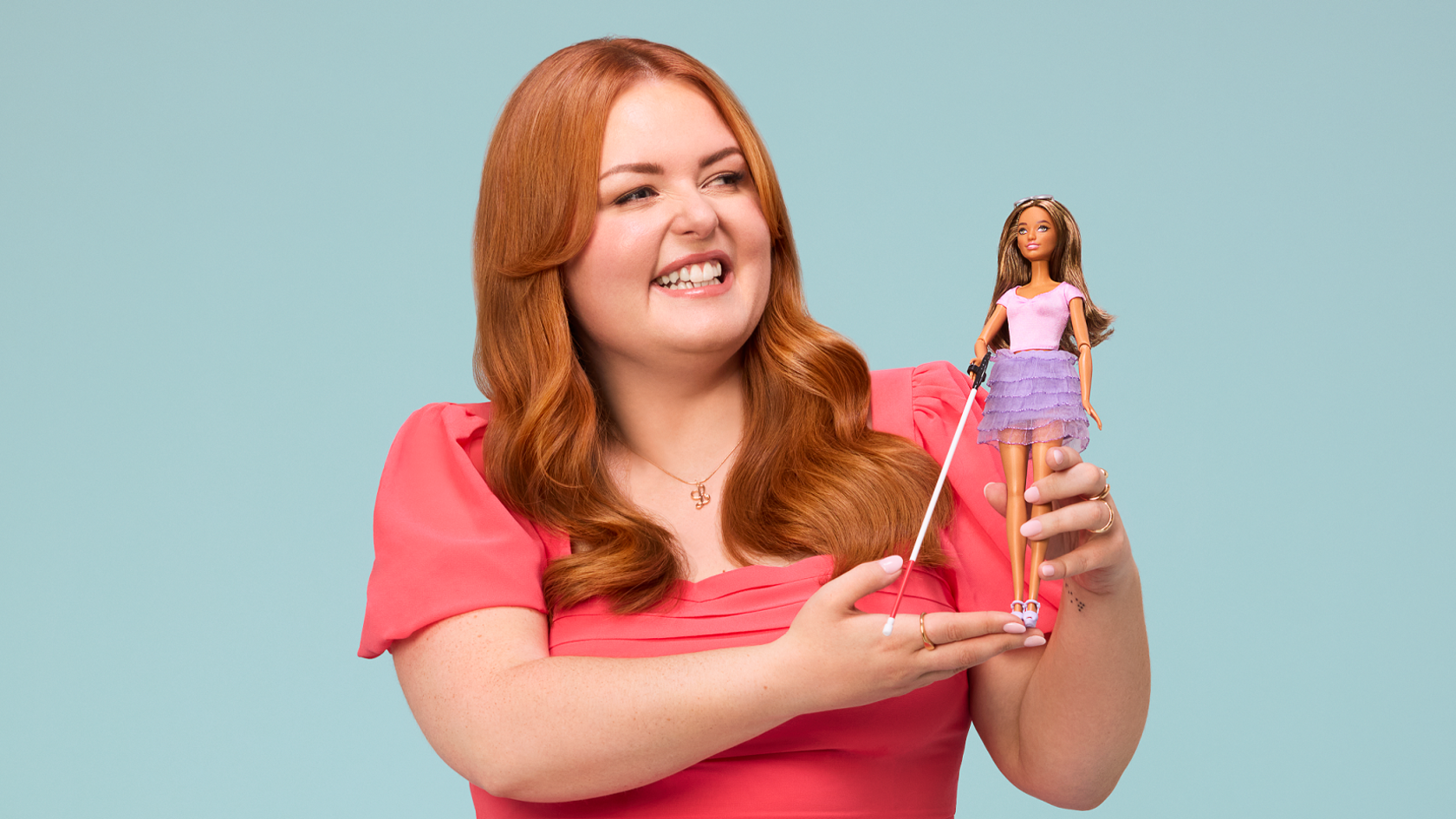
Lucy lost sight in her right eye at 11 years old, before losing her full eyesight at 17 to a rare genetic disease named Incontinentia Pigmenti
Broadcaster and disability activist from Birmingham, Lucy Edwards, campaigns to raise awareness of blindness and sight loss.
She lost her eyesight when she was 17, and says a blind Barbie "means everything" to her.
"As a teenager, I felt isolated by losing my eyesight and not seeing role models like me.
"I was embarrassed by my cane – but knowing Barbie had a cane would have made me feel so differently about mine and helped me feel less alone on my journey to accept and embrace my blindness."
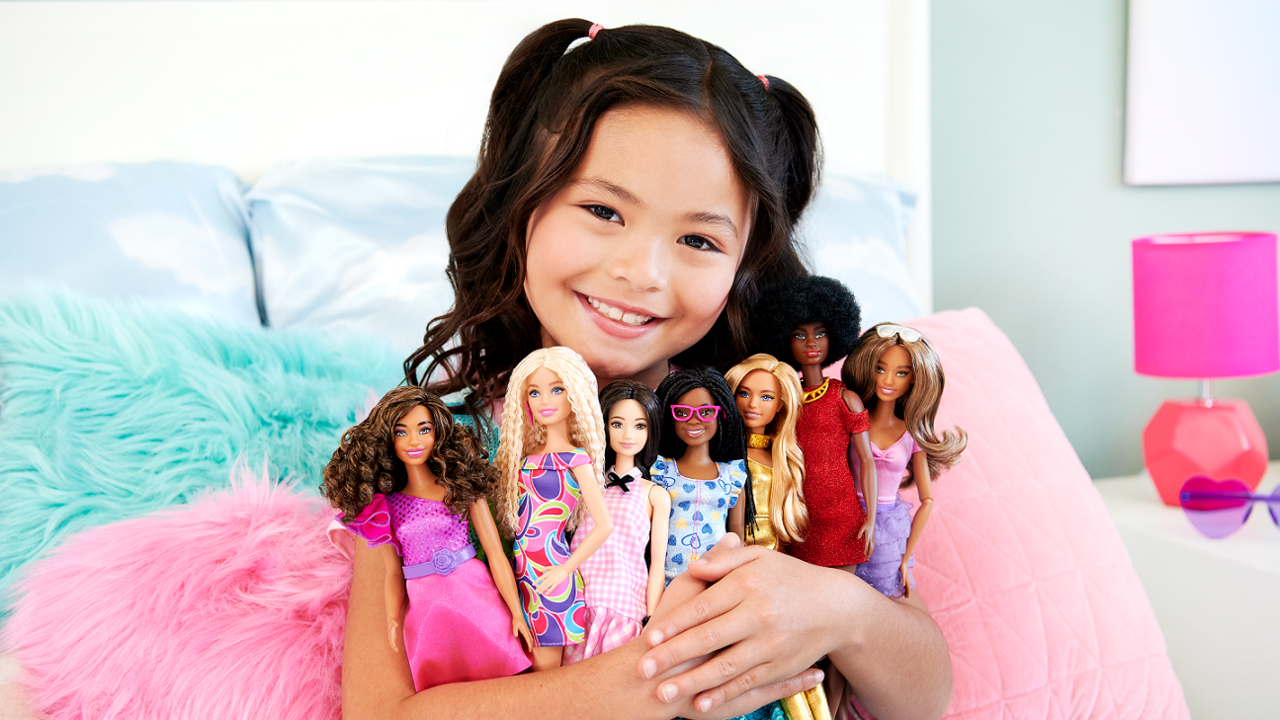
There are lots of different types of Barbie
Debbie Miller, from the Royal National Institute of Blind People, said: “It’s wonderful to think that children with a vision impairment can now play with a Barbie that looks like them.
"We’re so pleased with the details that have gone into designing this new Barbie, the tactile clothes as well as the cane and the sunglasses.
"It’s an acknowledgment that not everyone can see well, which means a lot to the blind and partially sighted community... helping children and adults with sight loss feel like they belong and are recognised.”
- Published4 January 2021
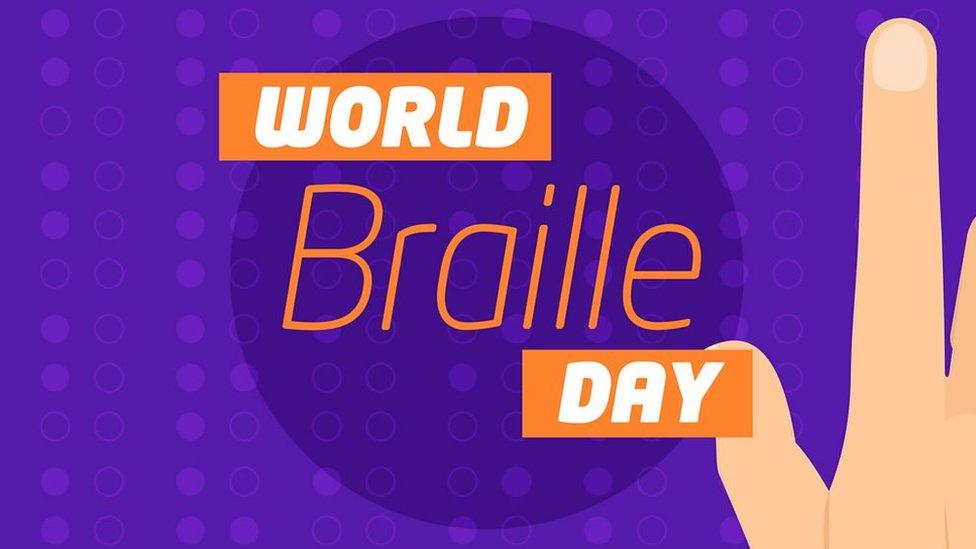
- Published28 September 2020
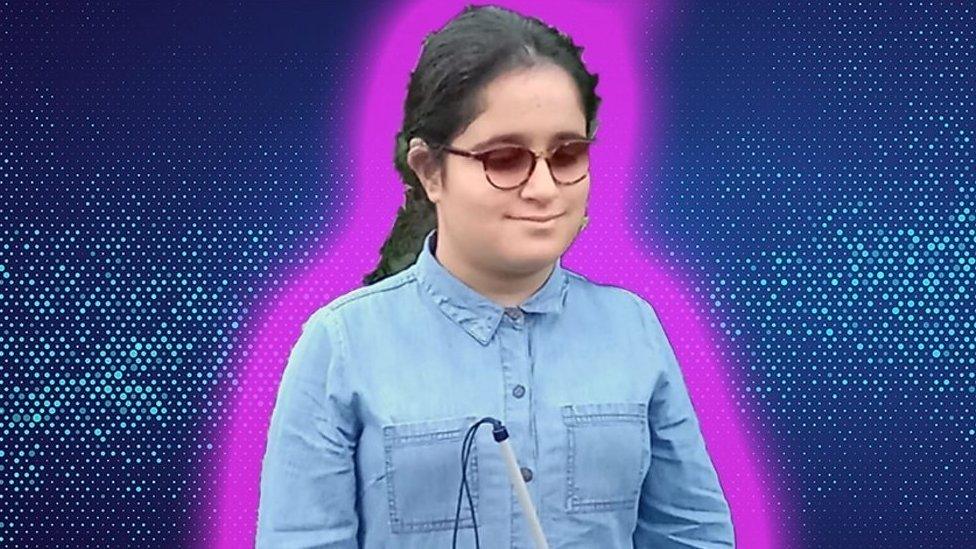
- Published9 May 2019

